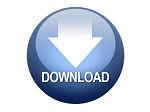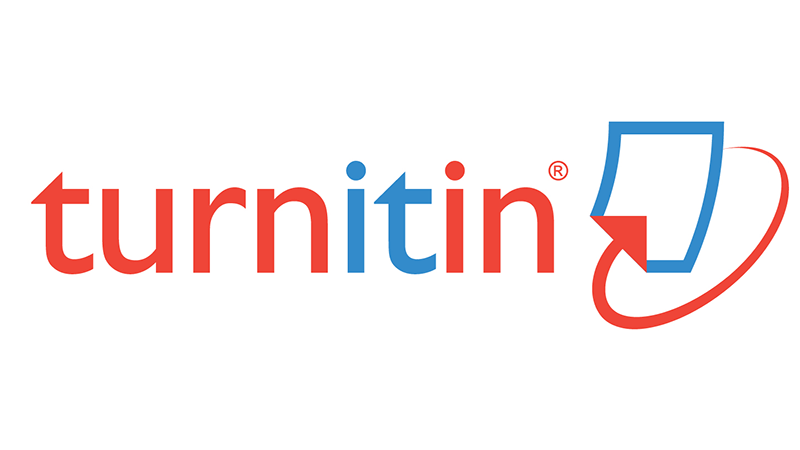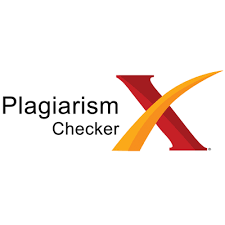- Focus and Scope
- Section Policies
- Peer Review Process
- Open Access Policy
- Archiving
- Autor Guidelines
- Plagiarism Policy
- Publication Etics
- Fast Track for Fast Review
Focus and Scope
This Journal provides space for academic and critical thinking to explore social studies learning. Subjects suitable for publication include but are not limited to;
- Social studies education
- Learning media issues in social studies
- Learning model issues in social studies
- Innovation in social studies learning
- Integrated technology in social studies
- Current issue in social studies
Section Policies
Articles
Peer Review Process
All submitted papers will be processed and evaluated by editors. Those manuscripts that are inappropriate to journal criteria are rejected promptly without external review. Manuscripts evaluated to be of potential interest to our readership are sent to minimally two reviewers using the blind review method. The editors make a decision based on the reviewer’s recommendation from among several possibilities: rejected, require major revision, need minor revision, or accepted. The Editor-in-Chief has the right to decide which manuscripts submitted to the journal should be published.
Open Access Policy
This journal provides immediate access to its content on the principle that making research freely available to the public supports a greater global knowledge exchange.
Archiving
This journal utilizes the LOCKSS system to create a distributed archiving system among participating libraries. It permits those libraries to create permanent archives of the journal for purposes of preservation and restoration. More...
Autor Guidelines
The Editor accepts delivery of the script with the following conditions:
- The manuscript has never been published in any other media and does not contain elements of plagiarism attached to a statement in writing from the author.
- The manuscript can be the results of research (field and library), conceptual ideas, and applications of theory or case reports.
- Journal manuscripts should be typed using font Times New Roman size 12, with 1.15 spacing on A4 size paper. The manuscript should not be more than 20 pages, including references and tables.
- The manuscript is structured in the following order:
(a) Title: it is comprehensive, clear, and concise. The title is typed in Sentence case letters with a size of 14.
(b) Author's name: author's name consists of full name, affiliation (faculty and university or other institutional’s name), full address, and email,
(c) Abstract: it at least includes the purpose or aim of the study, method, findings, and conclusion or implication of the study. It should not be more than 250 words and written in one paragraph,
(d) Keywords: the keyword must be no less than 3 words that reflect important concepts that exist in the objective/problem or a review of the literature,
(e) Introduction: the introduction at least explains the background, objectives/problems, state of the art, and novelty of the research,
(f) Method: it briefly describes the research approaches, collecting data techniques, population, sample, variables, and measurement (quantitative approach), and data analysis,
(g) Results and discussion: it presents a description and data display of the study and discusses the findings of the study based on up-to-date literature (theoretical or empirical),
(h) Conclusion: the conclusion should restate the findings of the study, provide implications and recommendations for the study,
(i) Images, tables, and formulas: the images, tables, and formulas should consist of titles, numbers, and sources. The pictures or tables that are too long (more than 1 page) should preferably be avoided,
(j) Graphs or curves: the graphs or curves indicate the difference of meaning should be written in different styles such as thick, thin, and dash,
(k) References: the references should be in the text of the manuscript and consist of up-to-date references of at least no more than 10 years. The proportion of the main references (journal articles) and supported references (books, reports, etc.) is 75% and 25% respectively. - The bibliography is written and sorted alphabetically.
- Manuscript submitted with the file extension of Microsoft Word (no less than Ms. Word 2007 version)
Plagiarism Policy
PLAGIARISM INCLUDES BUT IS NOT LIMITED TO THE FOLLOWING:
- Refer and/or citation terms, words and/or sentences, data and/or information from a source without citing sources in the record citation and/or without stating the source adequately;
- Refer and/or citation random terms, words and/or sentences, data and/or information from a source without citing a source in the record citation and/or without stating the source adequately;
- Using a source of ideas, opinions, views, or theory without stating the source adequately;
- Formulate the words and/or sentences themselves from the source of words and/or phrases, ideas, opinions, views, or theory without stating the source adequately;
- Submit a scientific paper produced and/or published by others as a source of scientific work without expressing adequately.
PREVENTION
Every article submitted to the JTP2IPS must be attached to a statement signed by the author that:
- The article is free of plagiarism;
- If at a later proven there is plagiarism in the article, the author is willing to accept the sanctions following the legislation.
SANCTIONS
- Reprimand;
- Letter of warning;
- Revocation of the article;
- Cancellation of publication.
Publication Etics
JOURNAL PUBLISHER CODE ETHICS
- Determining the journal's name, the scope of science, the timeline, and the accreditation.
- Determining the membership of the editorial board.
- Defining the relationship between publishers, editors, peer reviewers, and other parties in the contract.
- Appreciating the confidentiality of the contributing researchers, author, editor, and peer review.
- Applying the norms and regulations regarding intellectual property rights, especially copyrights.
- Conducting the journal policy reviews and presenting them to the authors, editorial board, peer review, and readers.
- Making the behavior code guidelines for editor and peer review.
- Publishing journals regularly.
- Ensuring the availability of resources for sustainability journal publishing.
- Establishing cooperation and marketing network.
- Preparing for the licensing and other legal aspects.
EDITOR CODE ETHICS
- Improving the quality of publications.
- Ensuring the process to maintain the quality of published papers.
- Leading the freedom to deliver an opinion.
- Maintaining the integrity of the author's academic track record.
- Conveying corrections, clarifications, withdrawal, and an apology if necessary.
- Owning the responsibility for styling and formatting the paper, while the contents and any statements in the paper are the authors' responsibility.
- Assessing policies and attitudes of the published journal from the author and peer review to increase responsibility and minimize errors.
- Having an open-minded personality in accepting the new opinions or views of others different from their personal opinion.
- Prohibiting defending our own opinion, the author, or third parties may result in a false decision.
- Encouraging the author to improve the paper until it is worth publishing.
PEER REVIEW CODE ETHIC
- Receiving the task from the editors to review the papers and submit the review to the editor to determine the feasibility of the paper for publication.
- Reviewing the papers on time following the style guide based on scientific principles (method of data collection, the author's legality, conclusions, etc.).
- Reviewing the papers that have been corrected following the standards.
- Encouraging the author to improve the papers by providing suggestions, feedback, and recommendations.
- Maintaining the author's privacy by covering the results of the corrections, suggestions, and recommendations received by the author.
- Reviewers must not directly or indirectly review any papers involving the reviewers in their work.
- Following the guidelines for peer review in reviewing papers and assessing the evaluation form paper given by the editors.
- Reviewing papers substantively by not correcting the grammar, punctuation, and mistype.
- Ensuring the principles of truth, novelty, and originality; prioritizing the benefit of the paper for developing science, technology, and innovation; and comprehending the impact on the development of science writing.
- Prohibiting defending own opinion, the author or third parties may make the decision reference non-objective.
- Upholding the value of objectivity and being free from any influences.
- Ensuring the confidentiality of findings in the paper until it is published.
- Having a broad understanding of the expertise and ability to provide a review of the paper appropriately and correctly.
- Refusing to do a review if the research is not from the field of expertise. Instead, the peer review should give recommendations to the researcher if there is any other expert on the subjects.
- Having an open-minded personality in accepting the new opinions or views of others different from their personal opinion.
- Refusing to do the review if the deadline given by the editor cannot be reached. If absent, the peer reviewer should notify the editor as early as possible.
- The review's results must be presented honestly, objectively, and supported by clear arguments. Some possible recommendations from the review are:
- Accepted without repair
- Accepted with minor repairs (after repaired by the author, it is not necessary to go to peer review)
- Accepted with major repairs (after repaired by the author, return to the peer review for re-review)
- Rejected and recommended for other publication
- Rejected and recommended not to publish to any publication because, scientifically, the paper is flawed for the community.
- Giving rejection for the last recommendation as the last choice related to the feasibility of the papers or with an indication of severe violations of the code of ethics related to the author.
- Reviewed papers aren’t allowed to be used for personal or third-party interests. Moreover, The use of some of the contents of the reviewed papers must have received permission from the author.
AUTHOR/ARTICLE WRITER CODE ETHICS
- The author is collectively responsible for the article's work and content, which covers methods, analysis, calculation, and details.
- The author immediately responds to the comments made by the peer review professionally and timely.
- The author should inform the editor if they retract their paper.
- The author describes the limitations of the study.
- The author respects the publishers if they demand not to publish the findings in interviews or other media before the publication.
- The author informs the editor of (a) a paper part of a phased research, multidisciplinary, and different perspectives.
- The author states that the papers submitted for publication are original, have not been published anywhere in any language, and are not in the process of submission to another publisher.
- If there is any error in the paper, the author should immediately notify the editor or publisher.

2.png)








